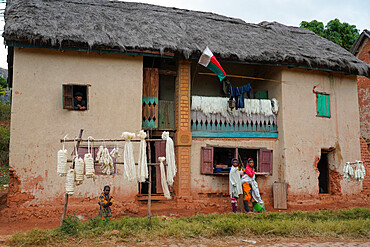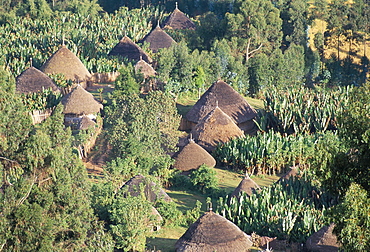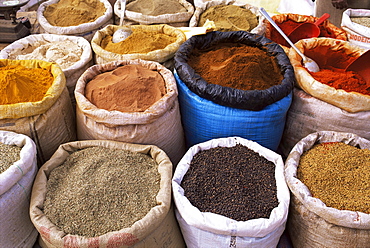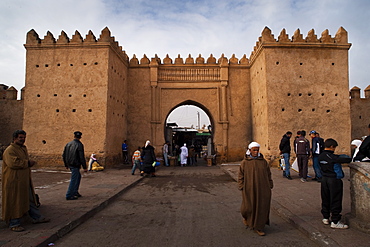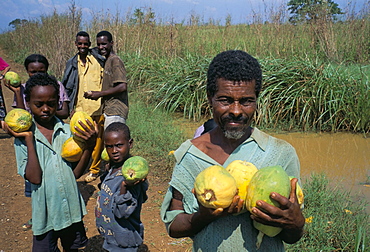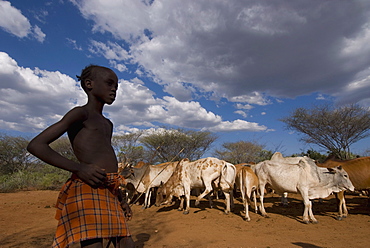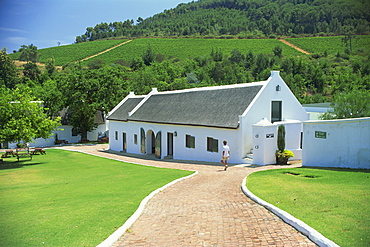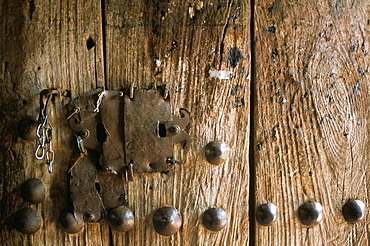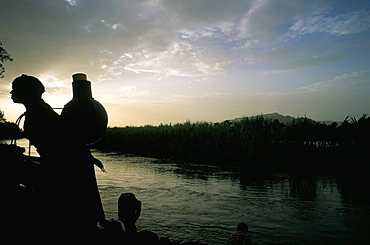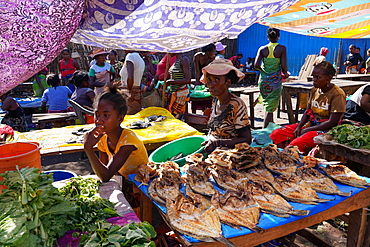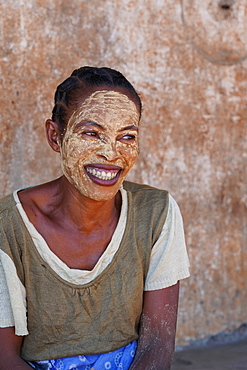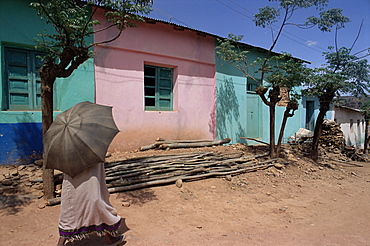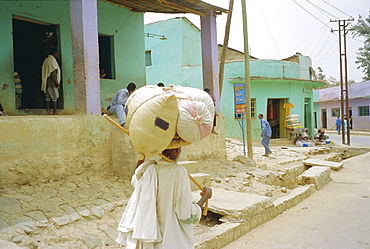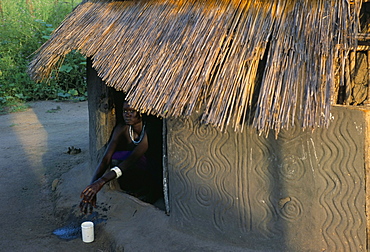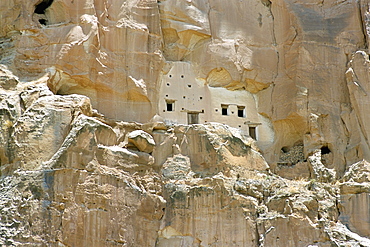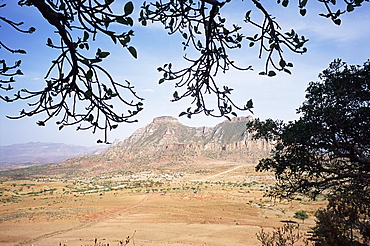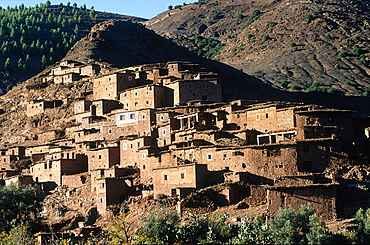Results
« Previous 1 … 7 8 9
842 results found
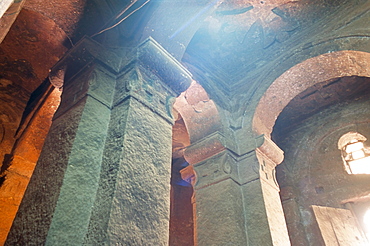
Interior, Bieta Ghiorghis (St. George's), Lalibela, UNESCO World Heritage Site, Wollo region, Ethiopia, Africa
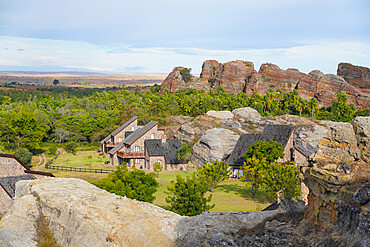
Jardin du Roy Hotel, Isalo National Park, Fianarantsoa province, Ihorombe Region, Southern Madagascar, Africa

Interior of the Christian church of Ura Kedane Meheriet (Kidene Mehret) (Ura Kidanemereth), Zege peninsula, Lake Tana, Gondar region, Ethiopia, Africa
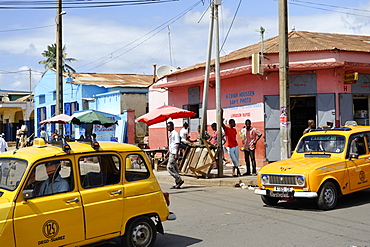
Yellow taxi. Antsiranana (Diego-Suarez), northern tip of the island, Diana Region. Madagascar, Africa
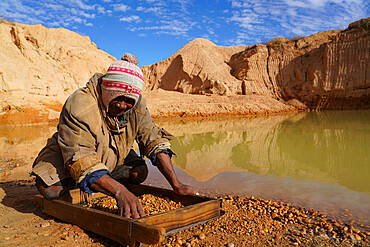
Ilakaka sapphire mines, Ilakaka, Fianarantsoa province, Ihorombe Region, Southern Madagascar, Africa
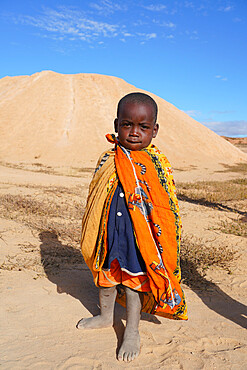
Child at Ilakaka sapphire mines, Ilakaka, Fianarantsoa province, Ihorombe Region, Southern Madagascar, Africa

Antemoro paper atelier, making flower-embedded paper, Ambalavao, Fianarantsoa province, Ihorombe Region, Southern Madagascar, Africa
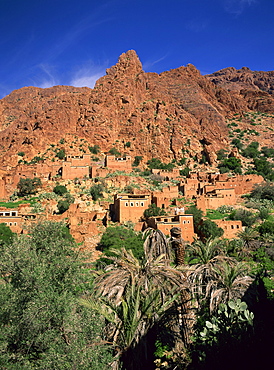
Village of Oumesnate and behind, the Djebel El Kest Ameln Valley (Almond), Tafraoute, Anti Atlas Region, Morocco, North Africa, Africa
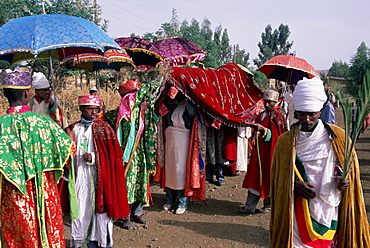
Men in procession during the Christian festival of Rameaux, Axoum (Axum) (Aksum), Tigre region, Ethiopia, Africa
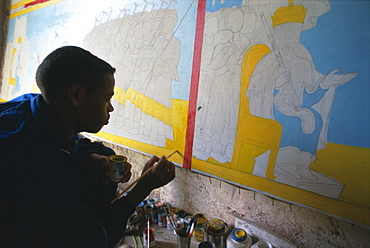
Boy working in Aleka Gamid Gidey painting workshop, Zege peninsula, Lake Tana, Gondar region, Ethiopia, Africa

Pirogue excursion along Manambolo river crossing Tsingy de Bemaraha National Park, Melaky Region, Western Madagascar, Africa

Typical example of the reg, a vast featureless stoney plain, Sahara region, Algeria, North Africa, Africa

Roman archaeological site of Volubilis, UNESCO World Heritage Site, Meknes region, Morocco, North Africa, Africa
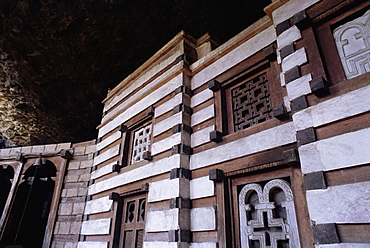
Yemrehanna Krestos (Inrahanna Kristos) monastery, northeast Lalibela, Tigre region, Ethiopia, Africa
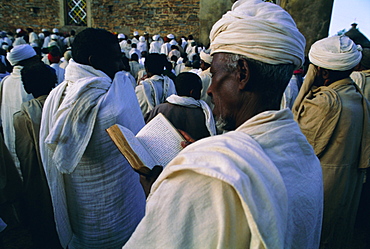
Christian pilgrims, Easter festival, Sainte Marie de Sion (St. Mary of Zion), Axoum (Axum) (Aksum), Tigre region, Ethiopia, Africa

Fortified Berber village of Tioulit dating from the 6th century AD, Tafraoute region, Morocco, North Africa, Africa
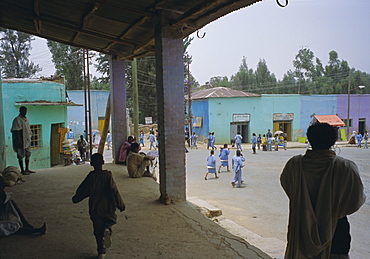
Village of Adua (Adwa) (Adowa), historic place where Menelik defeated the Italians in battle, Tigre region, Ethiopia, Africa

Gemologist working at a gem buyer shop, Ilakaka sapphire mines, Fianarantsoa province, Ihorombe Region, Southern Madagascar, Africa
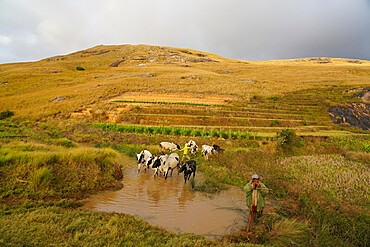
Landscape on the RN7 close to Ambalavao, Fianarantsoa province, Ihorombe Region, Southern Madagascar, Africa
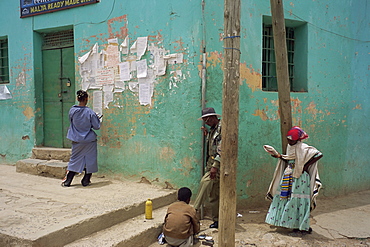
Historic independence location where Menelik defeated the Italians, Adua (Adwa) (Adowa) village, Tigre region, Ethiopia, Africa
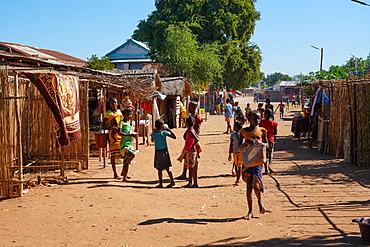
Local people in Bekopaka village, Tsingy de Bemaraha National Park, Melaky Region, Western Madagascar, Africa

Fields in the countryside in the land of the Gourague, Hosana region, Shoa province, Ethiopia, Africa
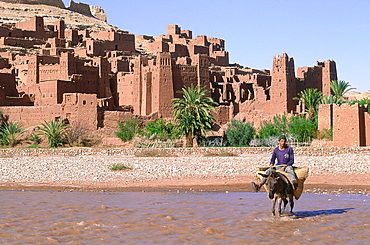
Morocco, South, Ouarzazate Region, Ait Benhaddu Ksar Ruins (Ancient Adobe Fortress And Village), Overview On The Ramparts And River (Oued), Peasant Crossing On His Donkey)

A mother and her family near Ndali, in the region of the Queen Elizabeth National Park, Uganda, East Africa, Africa
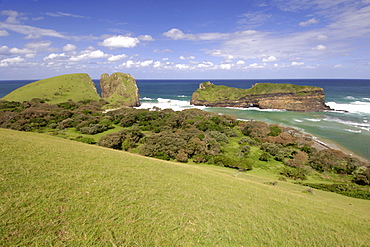
Hill-top view of Hole in the Wall on the wild coast in a region of South Africa's Eastern Cape Province formerly known as the Transkei.
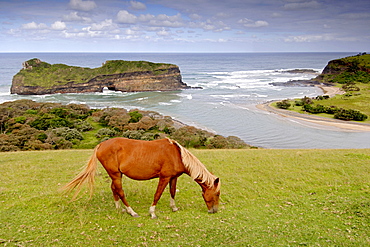
A horse grazing along the wild coast on a hill overlooking Hole in the Wall in a region of South Africa's Eastern Cape Province formerly known as the Transkei.

View of the landscape in the Eastern Cape Province of South Africa. This is an area along the Coffee Bay road in a region formerly known as the Transkei.

Coastal scenery between Coffee Bay and Hole in the Wall in a region of South Africa's Eastern Cape Province formerly known as the Transkei.

The geological coastal formation known as 'Hole in the Wall' on the wild coast in a region of South Africa's Eastern Cape Province formerly known as the Transkei.

A group of Xhosa women pose for a photo in the Eastern Cape Province of South Africa. This is an area along the Coffee Bay road in a region formerly known as the Transkei,
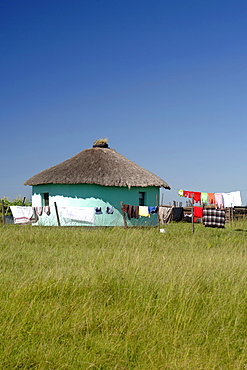
Washing hanging out to dry in the Eastern Cape Province of South Africa. This is an area along the Coffee Bay road in a region formerly known as the Transkei,
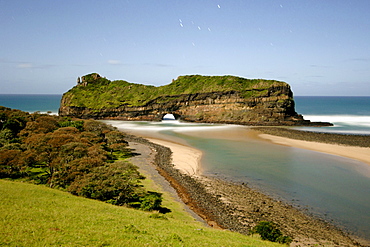
Night-time, moonlit view of the geological formation known as 'Hole in the Wall along the wild coast in a region of South Africa's Eastern Cape Province formerly known as the Transkei. Stars can be seen in the sky.
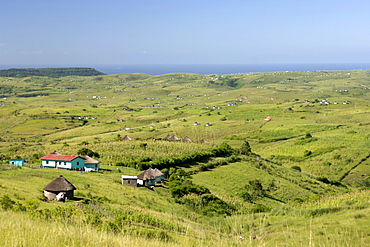
View of the landscape in the Eastern Cape Province of South Africa. This is an area along the Coffee Bay road in a region formerly known as the Transkei.

View of the landscape in the Eastern Cape Province of South Africa. This is an area along the Coffee Bay road in a region formerly known as the Transkei.
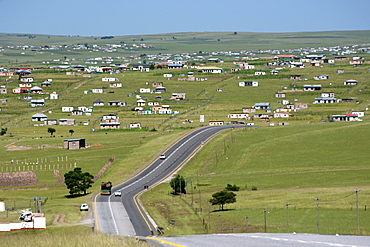
The N2 highway near the town of Idutywa in a region of South Africa's Eastern Cape Province formerly known as the Transkei.

A Xhosa woman hangs out her washing to dry in the Eastern Cape Province of South Africa. This is an area along the Coffee Bay road in a region formerly known as the Transkei,
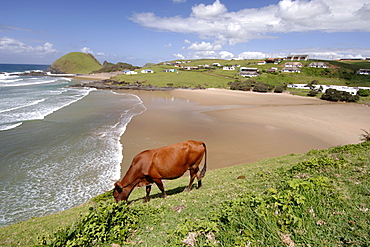
A cow grazing on a hill overlooking the beach at Hole-in-the-Wall in a region of South Africa's Eastern Cape Province formerly known as the Transkei.
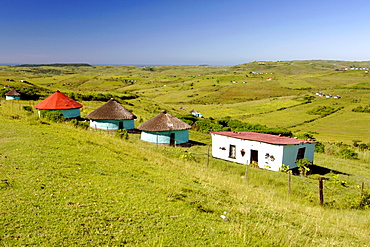
View of the landscape in the Eastern Cape Province of South Africa. This is an area along the Coffee Bay road in a region formerly known as the Transkei,
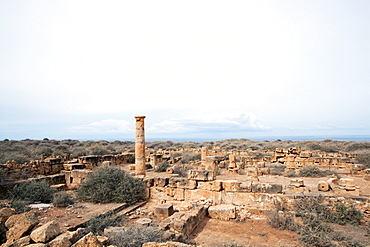
The Agora in the ancient town of Tocra founded by the Greeks in 630 BC, north east of the region of Cyrenaica, Libya, North Africa, Africa
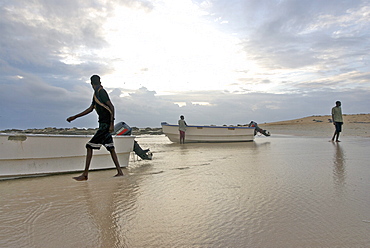
Hardest hit was a 650 kilometers stretch of the somali coastline between garacad (mudung region) and xaafuun (bari region), which forms part of the puntland province near the horn of africa. The tsunami resulted in the death of some 300 people and extensive destruction of shelters, houses and water sources as well as fishing gear. The livelihoods of many people residing in towns and small villages along the somali indian ocean coastline, particularly in the northern regions, were devastated
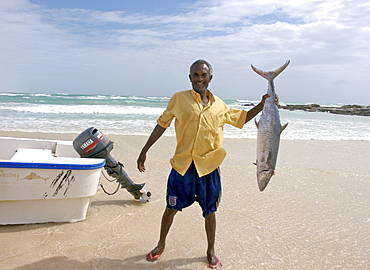
Hardest hit was a 650 kilometers stretch of the somali coastline between garacad (mudung region) and xaafuun (bari region), which forms part of the puntland province near the horn of africa. The tsunami resulted in the death of some 300 people and extensive destruction of shelters, houses and water sources as well as fishing gear. The livelihoods of many people residing in towns and small villages along the somali indian ocean coastline, particularly in the northern regions, were devastated
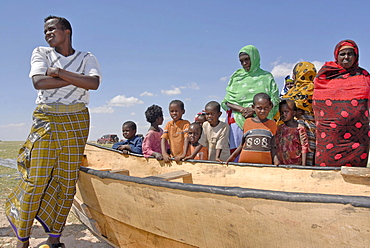
Hardest hit was a 650 kilometers stretch of the somali coastline between garacad (mudung region) and xaafuun (bari region), which forms part of the puntland province near the horn of africa. The tsunami resulted in the death of some 300 people and extensive destruction of shelters, houses and water sources as well as fishing gear. The livelihoods of many people residing in towns and small villages along the somali indian ocean coastline, particularly in the northern regions, were devastated

Hardest hit was a 650 kilometers stretch of the somali coastline between garacad (mudung region) and xaafuun (bari region), which forms part of the puntland province near the horn of africa. The tsunami resulted in the death of some 300 people and extensive destruction of shelters, houses and water sources as well as fishing gear. The livelihoods of many people residing in towns and small villages along the somali indian ocean coastline, particularly in the northern regions, were devastated

Hardest hit was a 650 kilometers stretch of the somali coastline between garacad (mudung region) and xaafuun (bari region), which forms part of the puntland province near the horn of africa. The tsunami resulted in the death of some 300 people and extensive destruction of shelters, houses and water sources as well as fishing gear. The livelihoods of many people residing in towns and small villages along the somali indian ocean coastline, particularly in the northern regions, were devastated
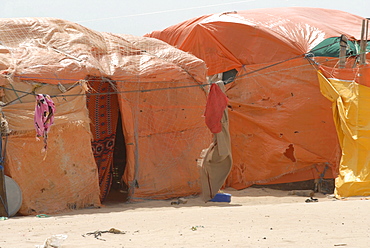
Hardest hit was a 650 kilometers stretch of the somali coastline between garacad (mudung region) and xaafuun (bari region), which forms part of the puntland province near the horn of africa. The tsunami resulted in the death of some 300 people and extensive destruction of shelters, houses and water sources as well as fishing gear. The livelihoods of many people residing in towns and small villages along the somali indian ocean coastline, particularly in the northern regions, were devastated

Hardest hit was a 650 kilometers stretch of the somali coastline between garacad (mudung region) and xaafuun (bari region), which forms part of the puntland province near the horn of africa. The tsunami resulted in the death of some 300 people and extensive destruction of shelters, houses and water sources as well as fishing gear. The livelihoods of many people residing in towns and small villages along the somali indian ocean coastline, particularly in the northern regions, were devastated
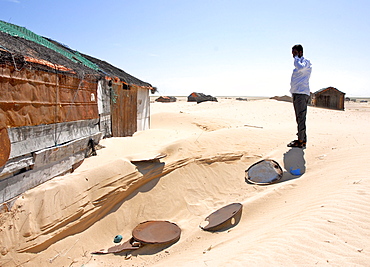
Hardest hit was a 650 kilometers stretch of the somali coastline between garacad (mudung region) and xaafuun (bari region), which forms part of the puntland province near the horn of africa. The tsunami resulted in the death of some 300 people and extensive destruction of shelters, houses and water sources as well as fishing gear. The livelihoods of many people residing in towns and small villages along the somali indian ocean coastline, particularly in the northern regions, were devastated

Hardest hit was a 650 kilometers stretch of the somali coastline between garacad (mudung region) and xaafuun (bari region), which forms part of the puntland province near the horn of africa. The tsunami resulted in the death of some 300 people and extensive destruction of shelters, houses and water sources as well as fishing gear. The livelihoods of many people residing in towns and small villages along the somali indian ocean coastline, particularly in the northern regions, were devastated

Hardest hit was a 650 kilometers stretch of the somali coastline between garacad (mudung region) and xaafuun (bari region), which forms part of the puntland province near the horn of africa. The tsunami resulted in the death of some 300 people and extensive destruction of shelters, houses and water sources as well as fishing gear. The livelihoods of many people residing in towns and small villages along the somali indian ocean coastline, particularly in the northern regions, were devastated

Hardest hit was a 650 kilometers stretch of the somali coastline between garacad (mudung region) and xaafuun (bari region), which forms part of the puntland province near the horn of africa. The tsunami resulted in the death of some 300 people and extensive destruction of shelters, houses and water sources as well as fishing gear. The livelihoods of many people residing in towns and small villages along the somali indian ocean coastline, particularly in the northern regions, were devastated

Hardest hit was a 650 kilometers stretch of the somali coastline between garacad (mudung region) and xaafuun (bari region), which forms part of the puntland province near the horn of africa. The tsunami resulted in the death of some 300 people and extensive destruction of shelters, houses and water sources as well as fishing gear. The livelihoods of many people residing in towns and small villages along the somali indian ocean coastline, particularly in the northern regions, were devastated
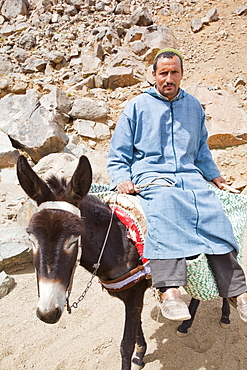
A mule loaded with his Berber owner, in the Jebel Sirwa region of the Anti Atlas mountains of Morocco, North Africa, Africa
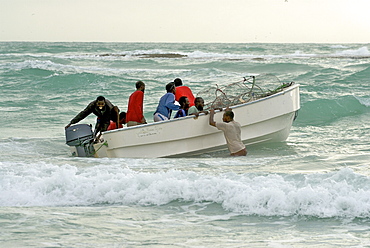
Hardest hit was a 650 kilometers stretch of the somali coastline between garacad (mudung region) and xaafuun (bari region), which forms part of the puntland province near the horn of africa. The tsunami resulted in the death of some 300 people and extensive destruction of shelters, houses and water sources as well as fishing gear. The livelihoods of many people residing in towns and small villages along the somali indian ocean coastline, particularly in the northern regions, were devastated
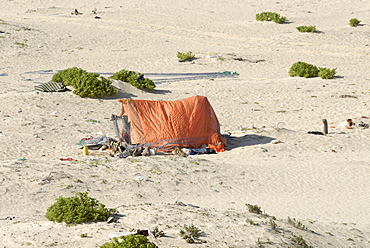
Hardest hit was a 650 kilometers stretch of the somali coastline between garacad (mudung region) and xaafuun (bari region), which forms part of the puntland province near the horn of africa. The tsunami resulted in the death of some 300 people and extensive destruction of shelters, houses and water sources as well as fishing gear. The livelihoods of many people residing in towns and small villages along the somali indian ocean coastline, particularly in the northern regions, were devastated

Hardest hit was a 650 kilometers stretch of the somali coastline between garacad (mudung region) and xaafuun (bari region), which forms part of the puntland province near the horn of africa. The tsunami resulted in the death of some 300 people and extensive destruction of shelters, houses and water sources as well as fishing gear. The livelihoods of many people residing in towns and small villages along the somali indian ocean coastline, particularly in the northern regions, were devastated
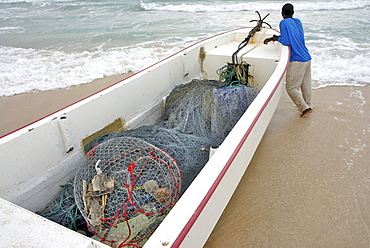
Hardest hit was a 650 kilometers stretch of the somali coastline between garacad (mudung region) and xaafuun (bari region), which forms part of the puntland province near the horn of africa. The tsunami resulted in the death of some 300 people and extensive destruction of shelters, houses and water sources as well as fishing gear. The livelihoods of many people residing in towns and small villages along the somali indian ocean coastline, particularly in the northern regions, were devastated

Hardest hit was a 650 kilometers stretch of the somali coastline between garacad (mudung region) and xaafuun (bari region), which forms part of the puntland province near the horn of africa. The tsunami resulted in the death of some 300 people and extensive destruction of shelters, houses and water sources as well as fishing gear. The livelihoods of many people residing in towns and small villages along the somali indian ocean coastline, particularly in the northern regions, were devastated

Hardest hit was a 650 kilometers stretch of the somali coastline between garacad (mudung region) and xaafuun (bari region), which forms part of the puntland province near the horn of africa. The tsunami resulted in the death of some 300 people and extensive destruction of shelters, houses and water sources as well as fishing gear. The livelihoods of many people residing in towns and small villages along the somali indian ocean coastline, particularly in the northern regions, were devastated
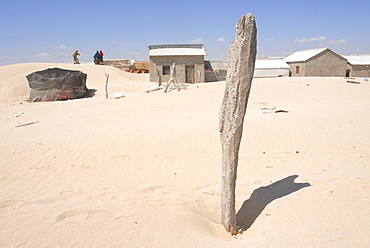
Hardest hit was a 650 kilometers stretch of the somali coastline between garacad (mudung region) and xaafuun (bari region), which forms part of the puntland province near the horn of africa. The tsunami resulted in the death of some 300 people and extensive destruction of shelters, houses and water sources as well as fishing gear. The livelihoods of many people residing in towns and small villages along the somali indian ocean coastline, particularly in the northern regions, were devastated
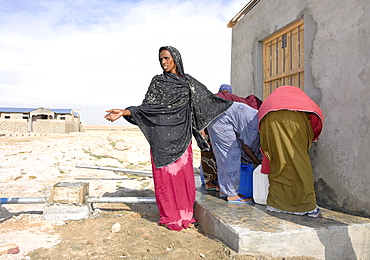
Hardest hit was a 650 kilometers stretch of the somali coastline between garacad (mudung region) and xaafuun (bari region), which forms part of the puntland province near the horn of africa. The tsunami resulted in the death of some 300 people and extensive destruction of shelters, houses and water sources as well as fishing gear. The livelihoods of many people residing in towns and small villages along the somali indian ocean coastline, particularly in the northern regions, were devastated

Hardest hit was a 650 kilometers stretch of the somali coastline between garacad (mudung region) and xaafuun (bari region), which forms part of the puntland province near the horn of africa. The tsunami resulted in the death of some 300 people and extensive destruction of shelters, houses and water sources as well as fishing gear. The livelihoods of many people residing in towns and small villages along the somali indian ocean coastline, particularly in the northern regions, were devastated
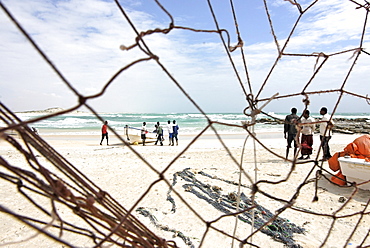
Hardest hit was a 650 kilometers stretch of the somali coastline between garacad (mudung region) and xaafuun (bari region), which forms part of the puntland province near the horn of africa. The tsunami resulted in the death of some 300 people and extensive destruction of shelters, houses and water sources as well as fishing gear. The livelihoods of many people residing in towns and small villages along the somali indian ocean coastline, particularly in the northern regions, were devastated
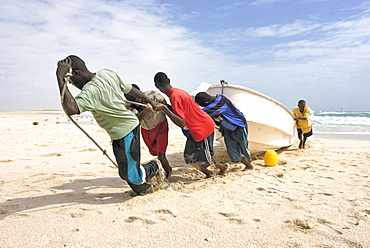
Hardest hit was a 650 kilometers stretch of the somali coastline between garacad (mudung region) and xaafuun (bari region), which forms part of the puntland province near the horn of africa. The tsunami resulted in the death of some 300 people and extensive destruction of shelters, houses and water sources as well as fishing gear. The livelihoods of many people residing in towns and small villages along the somali indian ocean coastline, particularly in the northern regions, were devastated

Hardest hit was a 650 kilometers stretch of the somali coastline between garacad (mudung region) and xaafuun (bari region), which forms part of the puntland province near the horn of africa. The tsunami resulted in the death of some 300 people and extensive destruction of shelters, houses and water sources as well as fishing gear. The livelihoods of many people residing in towns and small villages along the somali indian ocean coastline, particularly in the northern regions, were devastated
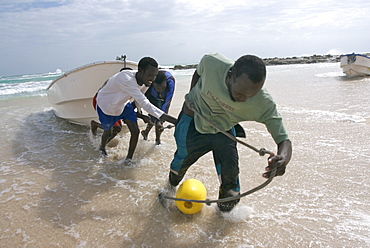
Hardest hit was a 650 kilometers stretch of the somali coastline between garacad (mudung region) and xaafuun (bari region), which forms part of the puntland province near the horn of africa. The tsunami resulted in the death of some 300 people and extensive destruction of shelters, houses and water sources as well as fishing gear. The livelihoods of many people residing in towns and small villages along the somali indian ocean coastline, particularly in the northern regions, were devastated

Hardest hit was a 650 kilometers stretch of the somali coastline between garacad (mudung region) and xaafuun (bari region), which forms part of the puntland province near the horn of africa. The tsunami resulted in the death of some 300 people and extensive destruction of shelters, houses and water sources as well as fishing gear. The livelihoods of many people residing in towns and small villages along the somali indian ocean coastline, particularly in the northern regions, were devastated
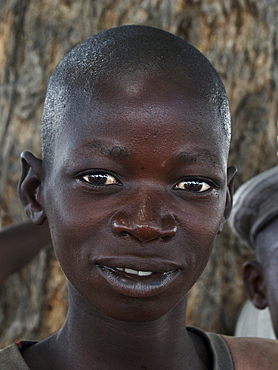
Zambia kaunga mashi village, shangombo district (near the angolan border). Seed distribution project by catholic relief services. Face of farmer waiting to receive free seeds to grow crops. This follows 2 years of serious famine in the region

Hardest hit was a 650 kilometers stretch of the somali coastline between garacad (mudung region) and xaafuun (bari region), which forms part of the puntland province near the horn of africa. The tsunami resulted in the death of some 300 people and extensive destruction of shelters, houses and water sources as well as fishing gear. The livelihoods of many people residing in towns and small villages along the somali indian ocean coastline, particularly in the northern regions, were devastated
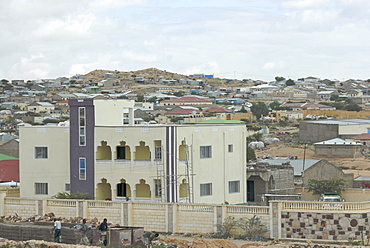
Somaliland, hargeissa, somaliland (officially soomaaliland in the somali language) is a de facto independent located in the horn of africa within the internationally recognized borders of somalia. On may 18, 1991, the people of somaliland declared independence from somalia however it was not recognised by any other country or international organisaion. The of somaliland consists of five administrative regions with governor as highest ranking leader of each region.Eletrical System
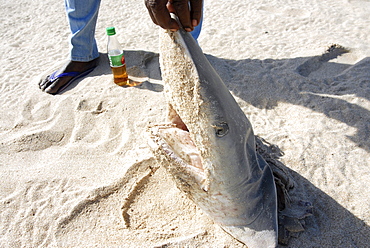
Hardest hit was a 650 kilometers stretch of the somali coastline between garacad (mudung region) and xaafuun (bari region), which forms part of the puntland province near the horn of africa. The tsunami resulted in the death of some 300 people and extensive destruction of shelters, houses and water sources as well as fishing gear. The livelihoods of many people residing in towns and small villages along the somali indian ocean coastline, particularly in the northern regions, were devastated., /shark fishing is main source of income for many of the somalis fishermen

Hardest hit was a 650 kilometers stretch of the somali coastline between garacad (mudung region) and xaafuun (bari region), which forms part of the puntland province near the horn of africa. The tsunami resulted in the death of some 300 people and extensive destruction of shelters, houses and water sources as well as fishing gear. The livelihoods of many people residing in towns and small villages along the somali indian ocean coastline, particularly in the northern regions, were devastated
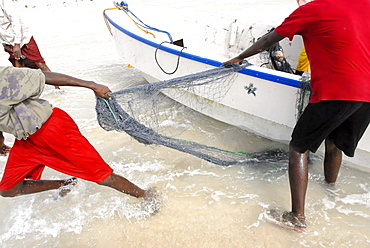
Hardest hit was a 650 kilometers stretch of the somali coastline between garacad (mudung region) and xaafuun (bari region), which forms part of the puntland province near the horn of africa. The tsunami resulted in the death of some 300 people and extensive destruction of shelters, houses and water sources as well as fishing gear. The livelihoods of many people residing in towns and small villages along the somali indian ocean coastline, particularly in the northern regions, were devastated

Hardest hit was a 650 kilometers stretch of the somali coastline between garacad (mudung region) and xaafuun (bari region), which forms part of the puntland province near the horn of africa. The tsunami resulted in the death of some 300 people and extensive destruction of shelters, houses and water sources as well as fishing gear. The livelihoods of many people residing in towns and small villages along the somali indian ocean coastline, particularly in the northern regions, were devastated
